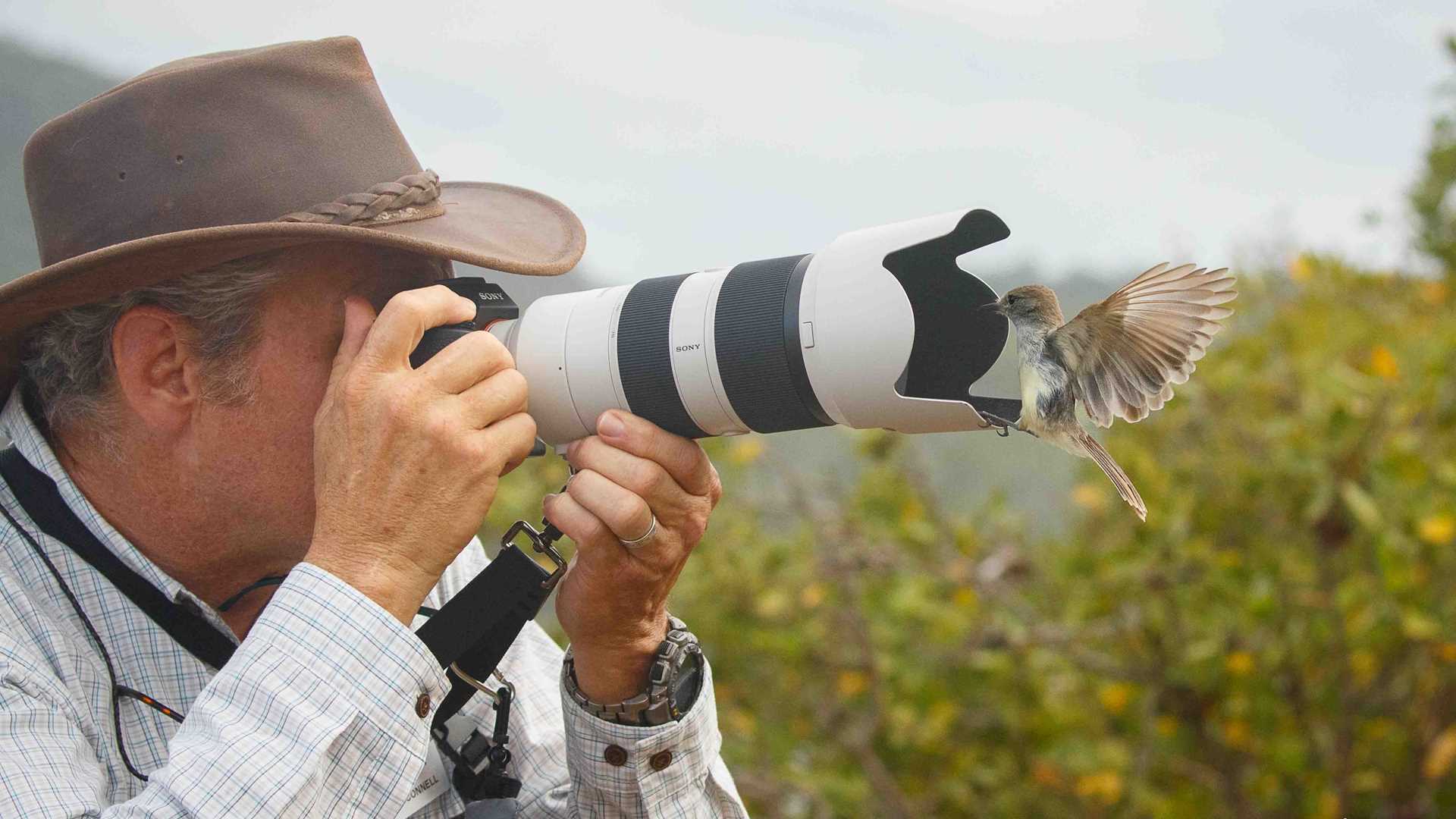Today, our visit started very early. We arrived on Espumilla Beach, located on Santiago Island. Santiago Island is an interesting island where pirates, buccaneers and whalers arrived to obtain fresh water for their next voyages. After a wet landing, we began our relaxed stroll on a shiny, brown beach composed of ashes and vitreous material from volcanic eruptions thousands of years ago. Between the intertidal and coastal zone, we walked into several mangrove patches until reaching salt ponds. On our trail walk, we spotted some species of Darwin finches and curious Galapagos flycatchers.
After breakfast, we visited one of the most iconic places of Santiago Island, Buccaneer Cove, where Charles Darwin anchored in 1935. During our activities of kayaking and snorkeling, we saw juvenile sea lions swimming playfully near the shore. At the same time, we were delighted by the contrasting colors of the Santiago Island hills, where the Palo Santo forest was showing new green leaves as result of rainy season influence.
Our last visit was Egas Port, where there is an abandoned salt mining facility located on the cliff of this calm bay. When our Zodiac arrived, we observed eroded tuff cones on the coastline. Near our trail, some frigate birds were perching on the old lighthouse on the island. Meanwhile, we identified interesting plants on this coast, such as beach morning glory and yellow cordia.
At the end of this trail, we found old lava tubes that are now collapsed by erosive effects of wind and waves, transforming into natural lava pools. Those formations are called “the grottos,” which are perfect shelters for endemic Galapagos fur seals. This day ended with a relaxed walk on the sandy beach while observing the dynamics of the intertidal ecosystem. At the same time, we were following in the footsteps of Charles Darwin when he arrived in 1835.









